Having a game-plan to prepare your portfolio for a recession is extremely vital. Once the moment hits, you will want to execute your plan in a confident and non-emotional way. If done correctly, you can minimize risk and hedge your money while you weather the storm.
What is a recession, and what causes them?
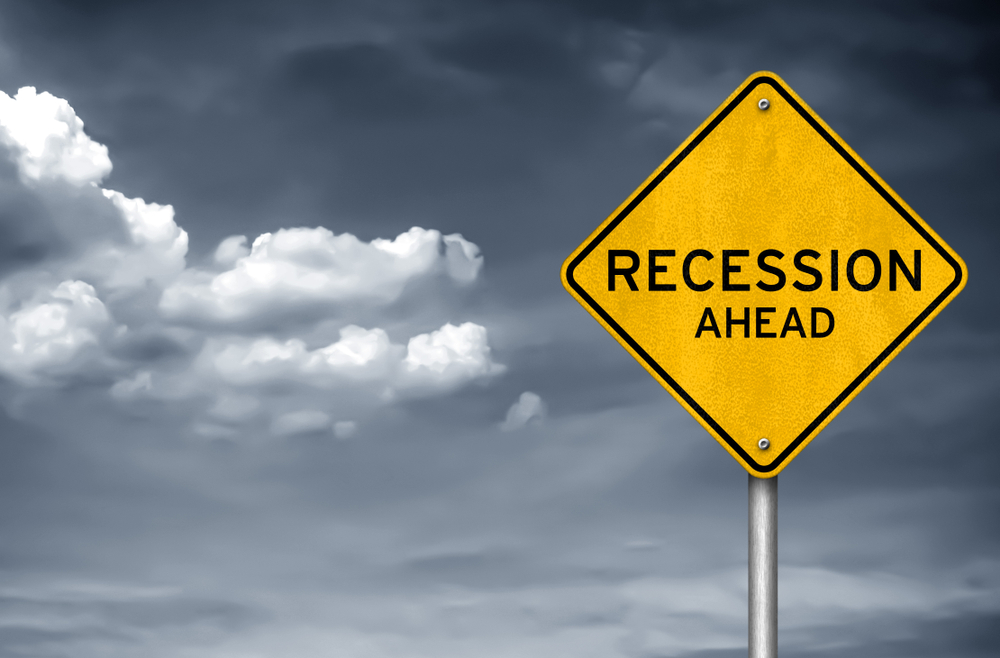
A Recession is “a period of temporary economic decline during which trade and industrial activity are reduced, generally identified by a fall in GDP in two successive quarters (6 months)”
Which essentially means that for six consecutive months, business drops. From a consumer standpoint, there is a cease on spending for discretionary or non-essential goods like cars, restaurants, furniture, clothing, electronics, travel, alcohol not included. On the business and industry side of the coin, it means that capital spending and growth will decrease, budgets will tighten, and profits will likely decrease.
A multitude of factors can cause recessions. A high inflation environment with high-interest rates reduced consumer confidence, and stagnant wages are a great mixture to lower GDP. Black-Swan events can also be a catalyst for a recession that is already brewing in the air.
Post World War II era, there have been 12 recessions, which averages about once every decade, the math checks. 2008 was the last and one of the worst the market has been through. This means it has been 12 years since the last recession, while there have been 11 years of economic growth since the last “R-word,” so the market seems about due. It’s simple math.
Table of Contents
The “Black-Swan” Event
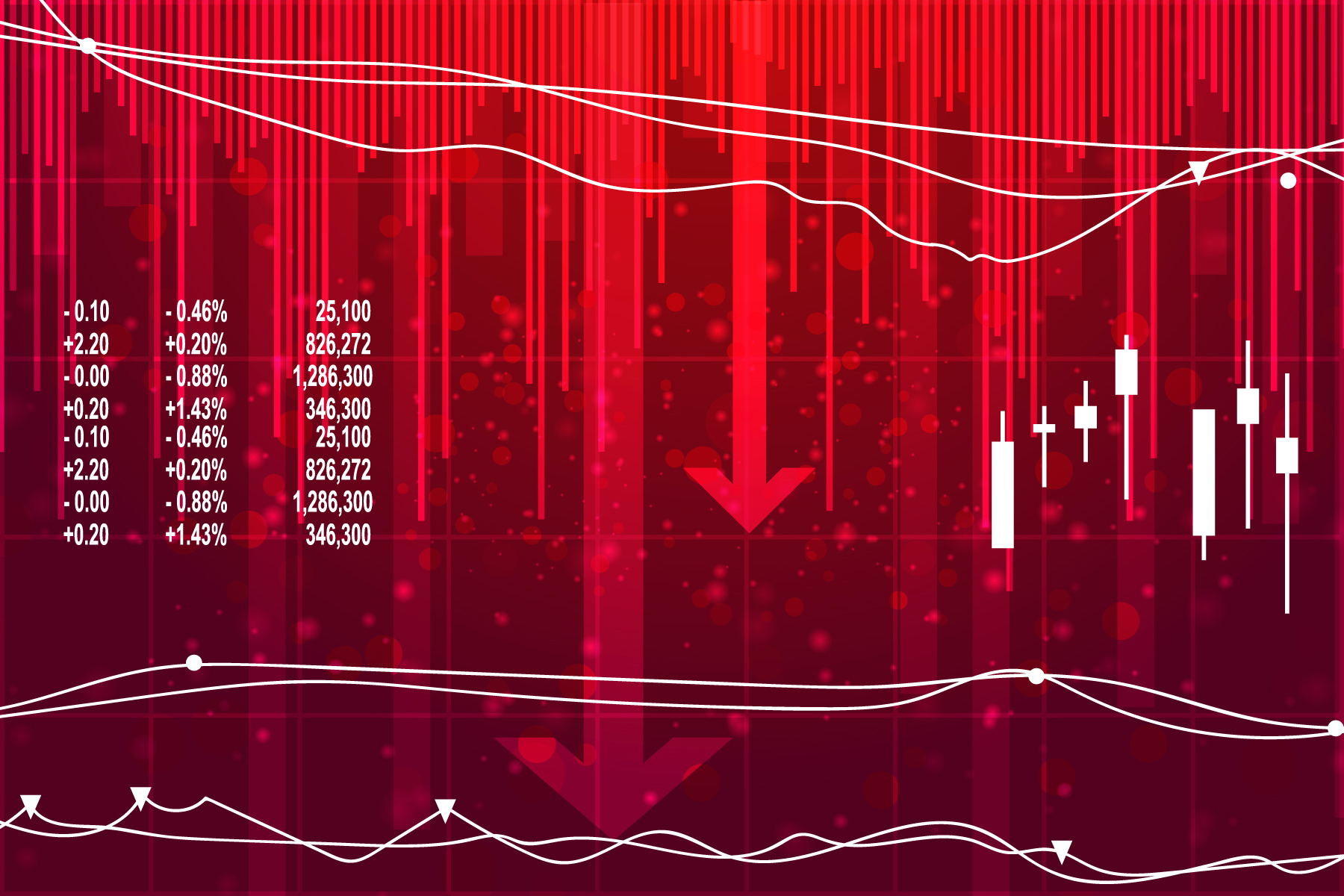
The year is 2020, and you’re sitting at your desk, admiring your portfolio, when all of a sudden, you look up from your desk, and you see RED. Now it’s taken twelve years to amass your portfolio, it’s not a huge portfolio, and others have bigger portfolios, but this one is yours, and naturally, you want to protect it.
Markets are amuck, and you are thinking to yourself, is this the “Black-Swan” that will propel the market into its next recession? The important question you should be asking is, “how can I prepare my portfolio for the current market environment?”
There is an inherent risk when investing; however, there are things you can do to prepare your portfolio and mitigate some risk. The market environment is always changing, but there are steps you can take when building a portfolio to ensure you’re ready for the next recession.
How To Recession-Proof Your Portfolio
1. Asset Allocation & Diversification
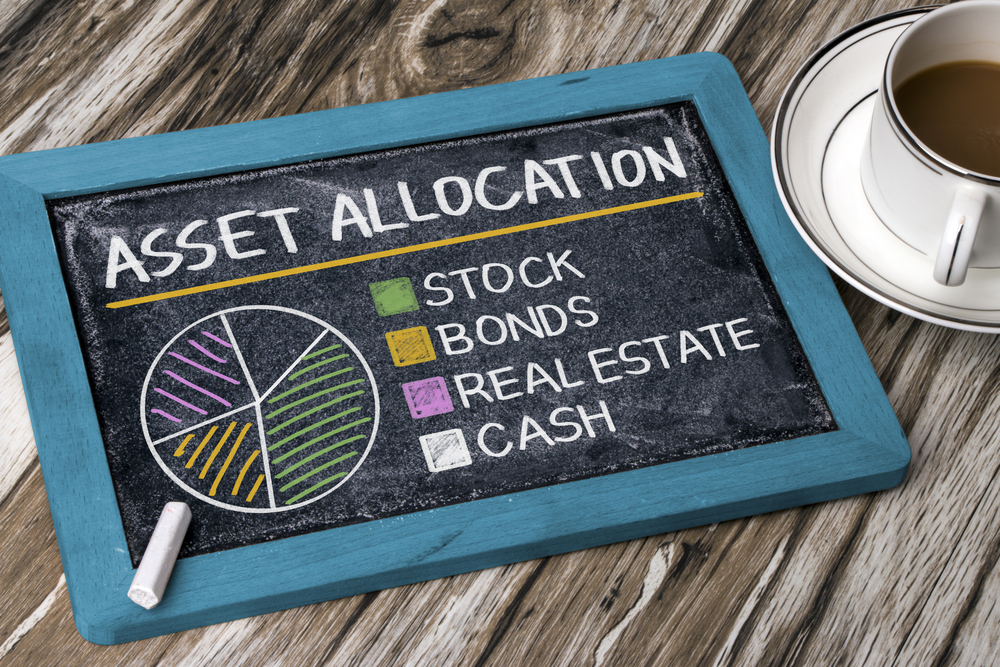
When building any portfolio, it is essential to assess your risk appetite to determine your asset allocation and to properly diversify your investments to limit exposure to just one asset class or investment vehicle.
7 alternative asset classes to limit portfolio risk
1. “Real” Alternative Assets
(Tangibles) such real estate, farmland, energy farms, infrastructure, etc. are less correlated to the stock market and can prove to be a valuable asset to hold in both recessions and times of economic growth. Some great ways to get exposure to these types of investments are through third party asset funds, Real Estate Investment Trusts, & ETFs.
2. Hold shares of consumer staple and necessity stocks
People need to eat; they need to heat their homes; they need to practice hygiene and cleanliness. Hordes of people buy toilet paper and other staples like this because of sheer need but also psychology, as it provides a feeling of preparedness. Holdings like these can be a real portfolio saver during a time of recession, war-time, or other global disasters.
3. Economic Moats
This refers to a business’s ability to maintain competitive advantages over competitors to protect long term profits and market share. Companies with a strong economic or competitive moat will generally see less downside and limited effect of long term growth.
4. Stocks with High Sustainable Dividend Yields
These stocks should make up a portion of every portfolio. Choose companies that have a solid historical track record of dividend payments. Not only will it provide consistent cash flow to your portfolio, but historically during a recession, dividend-paying stocks suffered fewer losses than non-dividend paying stocks.
5. Business Development Companies
Business Development Companies focus on lending to middle-market companies and receive steady cash flow from interest payments from such businesses which are passed to investors through a high-yield dividend. While yes, the dividend may be higher, there is inherently more risk during a time of recession. Middle market companies could feel additional financial pressures during a recession and begin defaulting on the loan.
6. Treasury Bonds
Treasury Bonds, viewed as risk-free if held until maturity and can be a crucial component to any well-rounded portfolio. It’s a very straightforward investment with the yield guaranteed if held until maturity. Treasury bonds have historically been the best-performing asset during recessions as investors see these assets as very safe, with prices often increasing during an economic downturn.
7. Commodities
Commodities, similarly to real assets, are less correlated with the stock market. In times of recession and inflation, prices rise, which supports commodity prices. During a recession, they may fall slightly but generally at a much lower correlation. Commodities can be intimidating, so start by allocating a small percentage of your portfolio to a related fund or ETF to offer some protection and potential upside.
2. Stash Cash
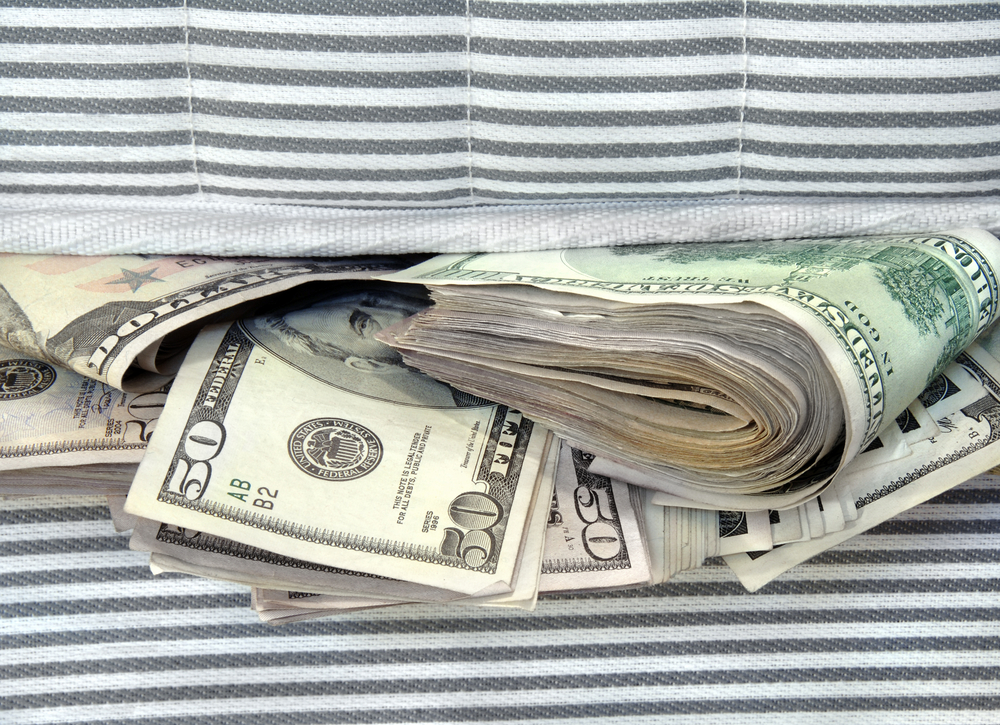
Another way to prepare your portfolio for a recession is to liquidate some assets. It is always a good idea to have cash on hand. During a recession, it is crucial to have enough, but not too much, as holding too much cash can leave it exposed to inflationary pressures. Keep enough on hand for emergencies and to ensure you do not miss out on any upside or cost basis lowering opportunities in the market because there certainly will be plenty.
It is important to have some liquidity, but for the remainder, Treasury bonds are also a secure way to hold “cash” to protect against inflation and hold potential price upside when sold.
3. Invest in Quality Companies with a Proven Bottom Line
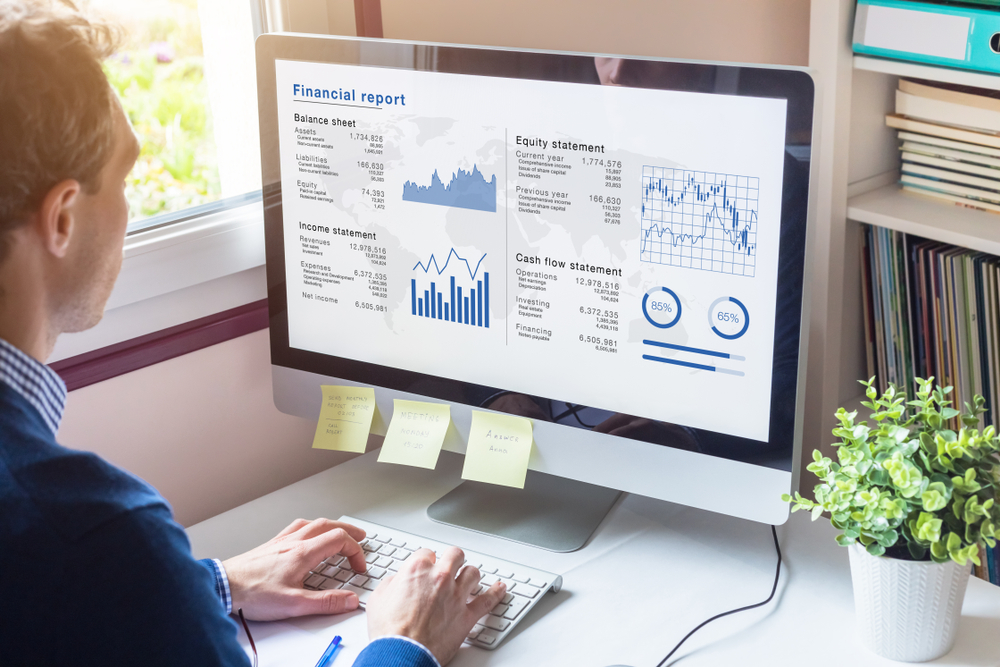
Numerous companies exist in the capital markets atmosphere that have yet to turn a real profit, and that number seems to be climbing every week as more “unicorns” and “loss leaders” come to market. The bottom line (pun intended) is that during a recession, those companies will face more economic pressure on business models that could severely hurt growth expectations and, in some cases, implode the company.
When choosing your investments, it’s important to be able to look at and understand the financial statements. Some basic things to look for are profitability at an EBIT and Net Income level, positive or negative cash flow, and debt leverage.
4. For the Savvy Investor, Hedge

Hedging a portfolio generally consists of using financial derivatives such as options and futures to help mitigate risk and offset potential losses. For example, if an investor has an established portfolio and is worried about short term price protection from an impending recession, they can hedge a long position by buying put options on the same security. This way, a loss will be offset by profits from the put options.
If you have a long portfolio and you would like to have some hedging, an investor can buy options on indices performance as well. Strategies like this are not for the novice investor and should be left for the more savvy investor.
5. Trust in your portfolio and hold on tight
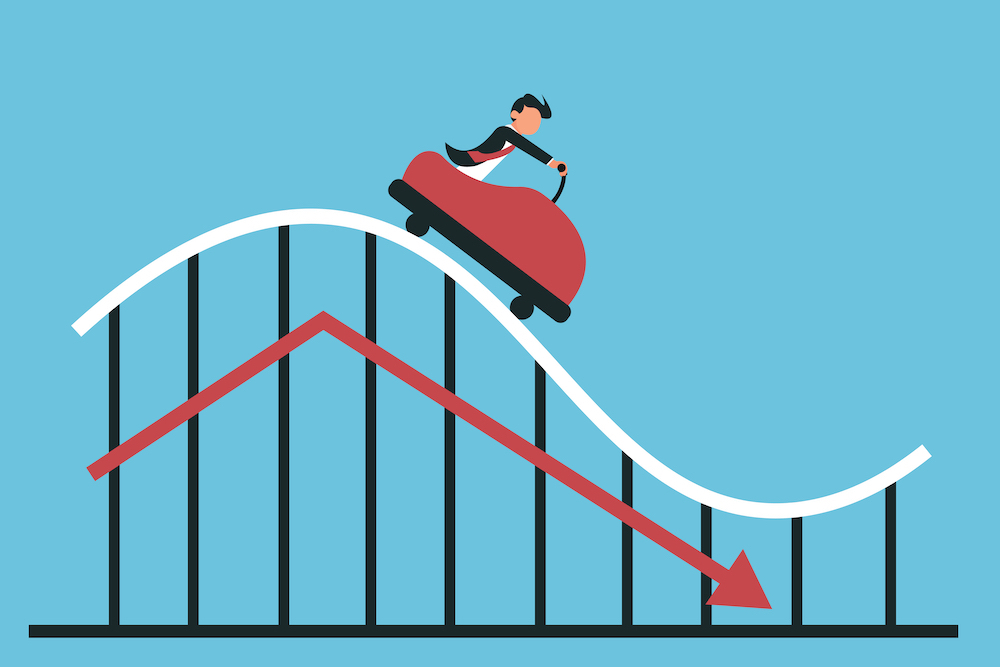
It is important to keep the right mindset and expectations as an investor in a speculative marketplace. First off, recessions are normal, remember? They happen about once every ten years. This is not the first, and it will certainly not be the last. You’ve started in advance, done the research, and taken the steps. Your assets are appropriately allocated, and you’ve selected quality investments. Now the only thing left to do is hold. An investor’s initial instinct may be to retreat during a recession, but the right move is to hold.
Do not panic over headlines, do anything drastic; trust you have made the right decisions. Investors that have historically held investments during a recession have generally recovered and seen upsides, while those that have exited the market suffered the most losses.
For the young investors out there, long time horizons are particularly advantageous to a recession as they can buy on sale and hold for long term growth.
There are many different approaches to portfolio diversification and preparing a portfolio for a recession. The above is a very general overview of some of the potential ways to build and protect a portfolio but always suggest speaking with your financial adviser before investing or making any changes to your portfolio.
This content is for informational purposes only and is should not be construed as advice to buy or sell anything. Always do your own due diligence and consult with a licensed professional before making any investment decisions.
